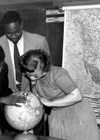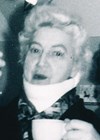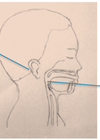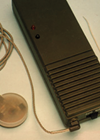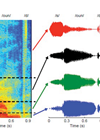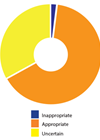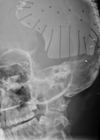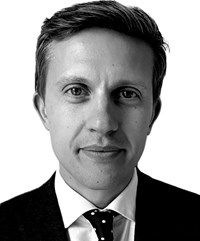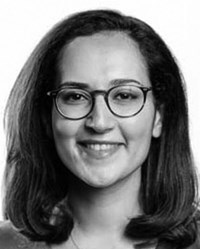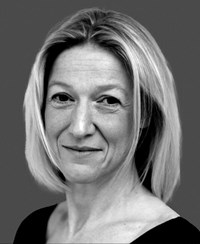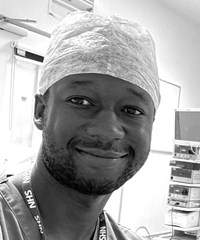ENT features
Promoting human rights of deaf communities in low-resource settings
Stigma and misconceptions about deafness are serious impediments for many deaf people to realise rights and potential in some of the most challenging situations globally. Around 430 million people are estimated to live with moderate or higher levels of hearing...
Andrew Foster and deaf education
This article examines the career of deaf African American, Andrew Foster, and his contribution to deaf education in Sub-Saharan Africa. The history of medicine has often been guilty of attributing great revolutions to a single person (usually a white man)...
The Ewings and paediatric audiology
Medical historian, Laura Dawes, discusses how Irene and Alexander Ewing were instrumental in shaping paediatric audiology in the first half of the 20th century. Irene and Alexander Ewing were the power couple of audiology in the UK in the mid-20th...
Edith Whetnall’s contribution to ENT and audiology 1910-1965
Sue Archbold reviews the fascinating life of Edith Whetnall and traces her influence on audiology from the mid-20th century to today’s practices. It’s a pleasure to be asked to write about Edith Whetnall for this edition of ENT & Audiology...
Paediatric ENT trauma
Managing trauma in children often strikes terror in doctors who do not deal with children regularly. Kate Stephenson explains the approach to a child who has suffered ENT trauma and specific things to look for in children. ENT injuries are...
Congenital cytomegalovirus causing deafness in children: an update
Congenital CMV is the leading non-genetic cause of sensorineural hearing loss in children. Keith Trimble draws our attention to this and gives a comprehensive guide on diagnosis and treatment. Congenital cytomegalovirus (cCMV) infection is common, affecting 1% of all newborns,...
Cochlear implants: recipient stories
The most powerful evidence for the remarkable achievements made with cochlear implants over 40 years comes from the life-changing, personal stories of those who have benefited from the technology. James Rylance I first noticed a problem with hearing when I...
Multi-channel cochlear implants: past, present and future
Forty years since the first multi-channel devices were implanted, who better than Ingeborg Hochmair, who has been a key figure throughout their evolution, to offer her thoughts on the past, present and future of multi-channel cochlear implants? Read on for...
Improving cochlear-implant performance in the short- and medium-term
Can bespoke cochlear implant programming strategies reduce the variability seen in patient performance with an implant? Bob Carlyon reviews the current situation and gives us a glimpse of the future. Although many cochlear implant (CI) patients understand speech well in...
Worldwide picture of candidacy for cochlear implantation
Who should get a cochlear implant? Candidacy is one of the most important and widely discussed topics in the field of cochlear implantation. Here, Chris Raine and Debi Vickers outline cochlear implant candidacy in the UK, and compare this with...
Achieving consensus on candidacy for cochlear implantation
The British Cochlear Implant Group’s candidacy working group recently ran a national exercise, working towards a consensus on candidacy for cochlear implantation in the UK. Padraig Kitterick and Debi Vickers were instrumental in this exercise, and in the article below,...
Cochlear implantation for single-sided deafness and asymmetric hearing loss
Continuing our sub-theme of cochlear implantation candidacy, Richard Irving and Raghu Kumar review the principles and benefits of cochlear implantation in individuals who have an asymmetric hearing loss. It is well known that cochlear implantation improves auditory capacity, and in...



